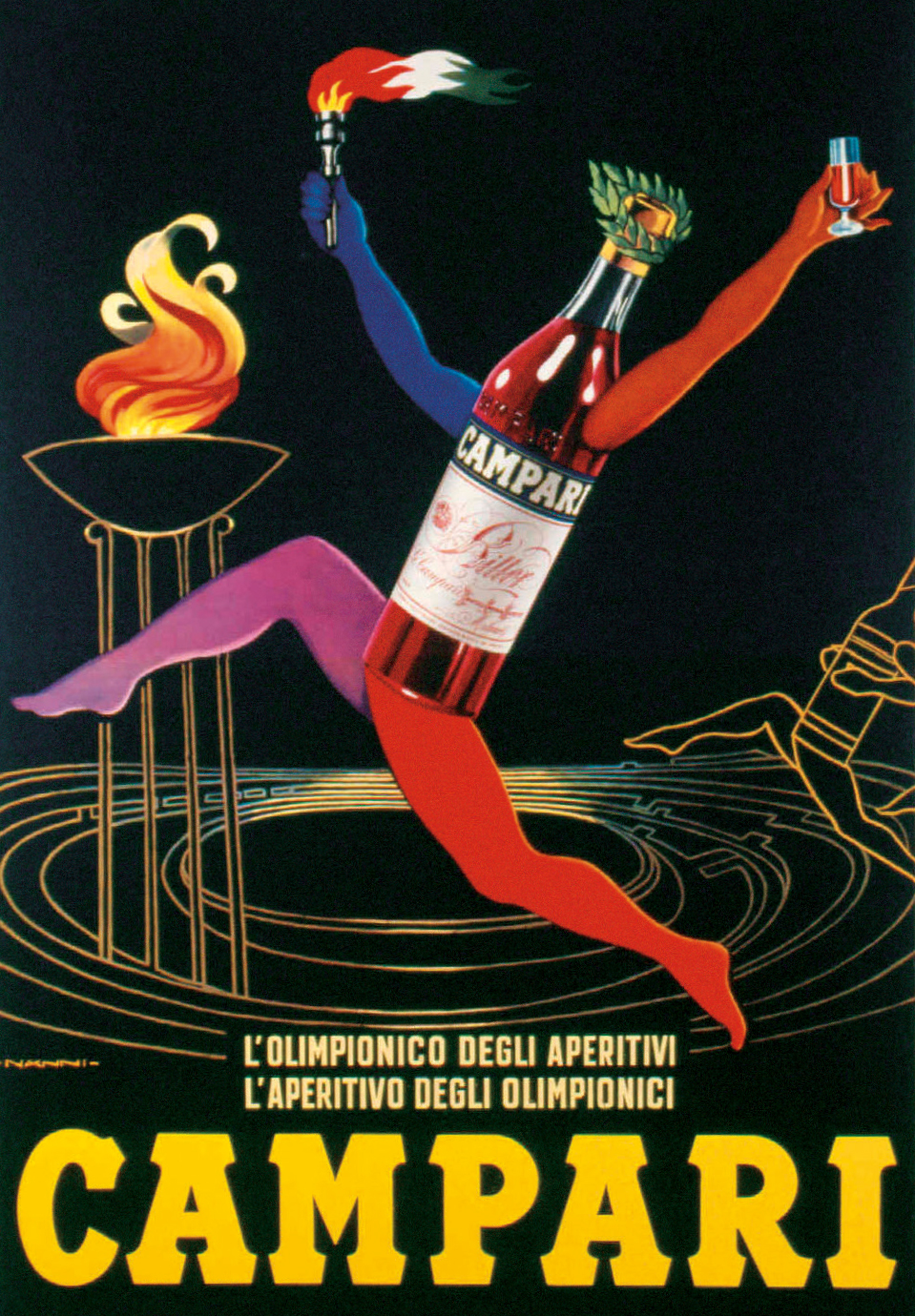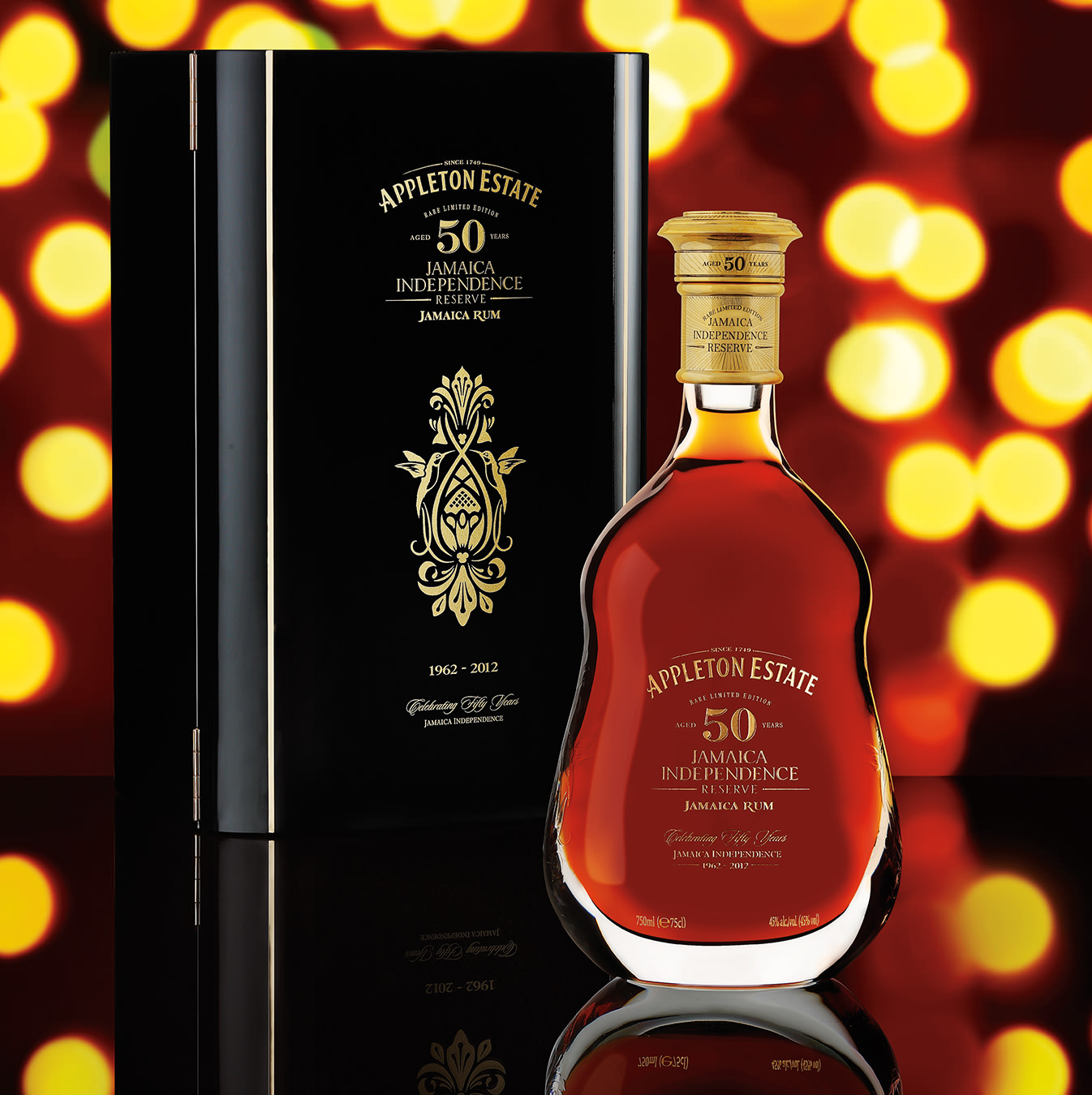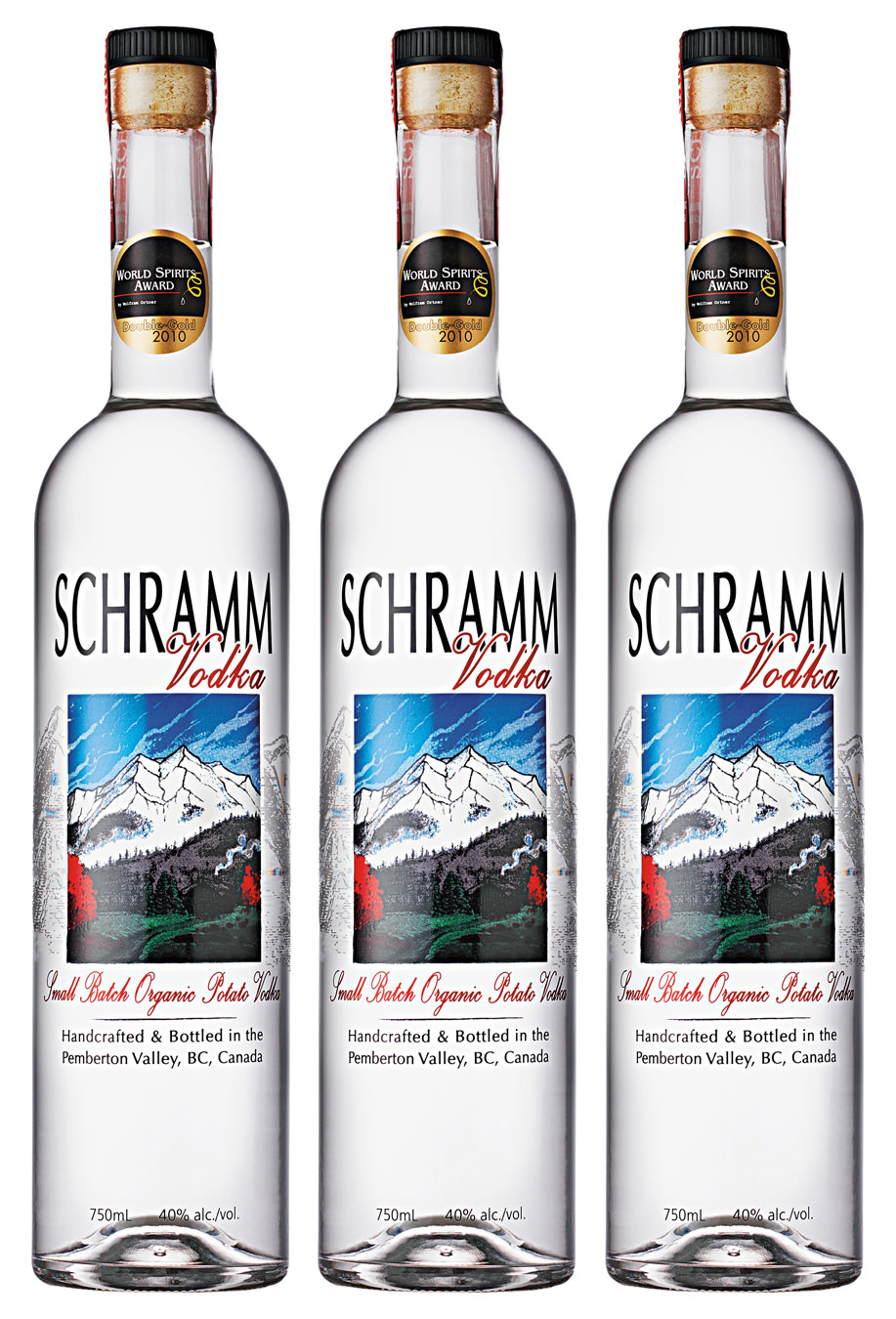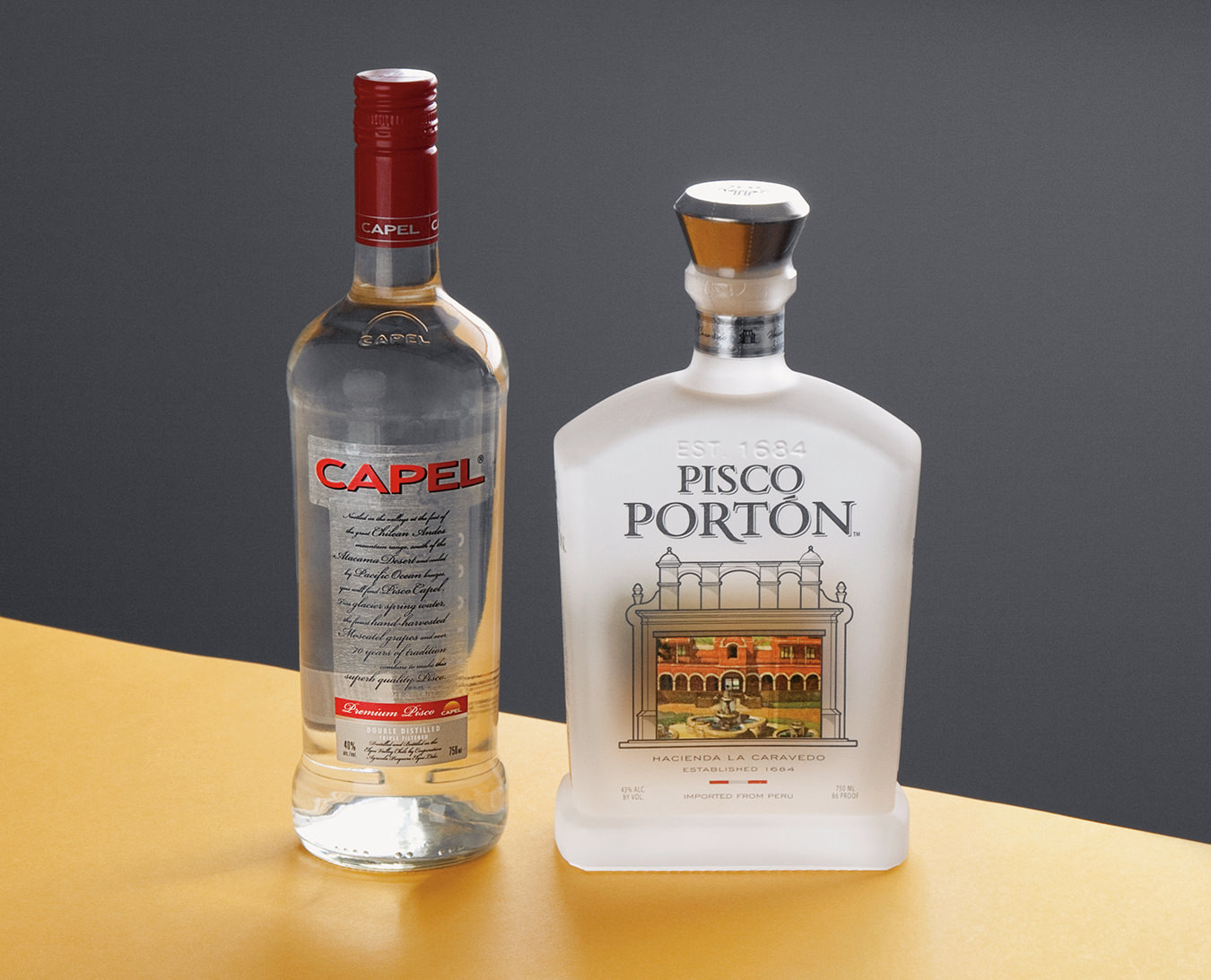Campari, The Italian Standby
A bitter classic.

Mixed drinks have taken a sharp turn for the sweet. Witness the proliferation of soi-disant martinis in bars and lounges and restaurants: cream liqueurs and off-the-sugar-scale fruit brandies, mixed and muddled with more fruit essences and syrups, and not a drop of gin or vermouth anywhere in evidence.
You go ahead. I’ll wait in the car.
What’s a cocktail lover of the old black-and-white cinema variety to do? Go one bitter: cozy up to the old faithfuls and cop a Campari. It’s still a good old bar standby, midway between a wine and a spirit, so let’s use the old term aperitif. Neon crimson, tart to the tongue, and bitter in the back, it is perfectly mixable—and, at 24 per cent alcohol, perfectly sippable, and even lighter when cut the traditional way, with soda.
Mix it into a classic Americano (a little sweet vermouth for balance, then soda and Campari) or a Negroni (three equal parts Campari, dry vermouth, and gin). If you insist on calling it a martini, here’s the way to do it: 1.5 ounces dry gin, two tablespoons dry vermouth, and a couple of drops of Campari. There, that’s better. That’s bitter.
Even with the influx of sweet cocktails for budding palates (many just out of their milkshake phase) the old standby from Italy is doing just fine, thank you very much. You can’t beat the old standards.
Campari was born in Italy in 1860. Today the parent company is ranked sixth in the beverage industry worldwide. Gruppo Campari continues to be a forza maggiore in the booze biz, with its portfolio running to more than 40 big brands and reaching out to nearly 200 countries.
Eleven plants around the world are charged with Campari production: four in Italy, two in Brazil, and one each in France, Greece, Argentina, Mexico, and Ukraine. Milan is home base. Last year, the company generated €942.3-million in sales, with €126.5-million in profit. Not bad for what began as a proprietary mix of “infused bitter herbs, aromatic plants, fruit peels, alcohol, and water”.
Plus, of course, that distinctive colouring. It was originally derived from an insect, as natural carmine cochineal. Dactylopius coccus generates the crimson-coloured dye and is native to South America and Mexico. Widely used since the time of the Mayans, cochineal has recently been superseded by what is blandly called “alternative colourant”. As is so often the case in the field of proprietary alcohols, nobody’s giving the game away.
Campari belongs to the bitters family. It was invented by one person (Gaspare Campari) who gave it its name and claimed sundry tonic qualities for it. He kept the recipe close to his chest, passing it along, one confidant at a time, starting with his son, Davide. Right up until today; there is apparently only one person in the world who knows the complete formula. And he’s not talking, either.
People soon found its unique, lightly bitter qualities pleasant before dinner, or after, or even during. And they began asking for it in their favourite watering holes. In 1904 the first production facility opened near Milan. If you wanted to serve it in your bar in those days, you were obliged to display a Campari Bitters sign on the premises. Davide Campari began the export enterprise, first hitting the French Riviera (it was the sensation of Nice within months) and then overseas.
Mixing it with soda is still the much-preferred way of sipping Campari. In fact, in the home market, you can buy it pre-mixed, as Campari Soda, which cuts the alcohol level to 10 per cent. Chefs have long known that it makes a marvelous palate-cleansing sorbetto and can add a unique touch to sauces and glazes.
Campari continues to define Euro-chic at a time when chic in general seems to be fading into the background. Italian designers continue to epitomize chic, with sunglasses, fast cars, fashion, chocolate, pianos—and Campari. If you find a copy of the 2009 Campari Calendar in a garage sale, that’s Jessica Alba as the it-girl. The 2010 Calendar features Bond girl Olga Kurylenko.
Campari is an acquired-taste drink that’s a perfect fit for summer—and post-summer—sunshine. It sets up the appetite for dinner, and comforts the over-indulged tum after one too many gnocchi. It’s cool and refreshing, and as classy and timeless as basic black and pearls or a blue blazer with gray flannels. It is sui generis.
And if the Americano isn’t quite to your patriotic liking, my trusty old bar book revealed the Canadian & Campari: one ounce each of Canadian whisky and dry vermouth, two tablespoons of Campari, and lots of ice. Shake everything with the ice, strain, add more ice and a twist of lemon on the rim.
Chauncey’s is good, too, especially if it’s still warm out: a half-ounce each of gin, rye, brandy, and sweet vermouth shaken with ice, strained, with more ice added back, and a couple of dashes of orange bitters jetted into the glass. (Angostura or Fernet-Branca will do if you’re out of orange bitters.)
And to flummox your favourite baby bartender, ask for a Portalia. Then tell him how to make it: two ounces each of vodka and dry white port, three tablespoons of Campari, more or less, to taste. Combine without ice, dash in a couple of drops of grenadine syrup, and stir. Strain straight up. Toss in a cube if you need it colder. Cin cin.
Photo provided by Campari.




